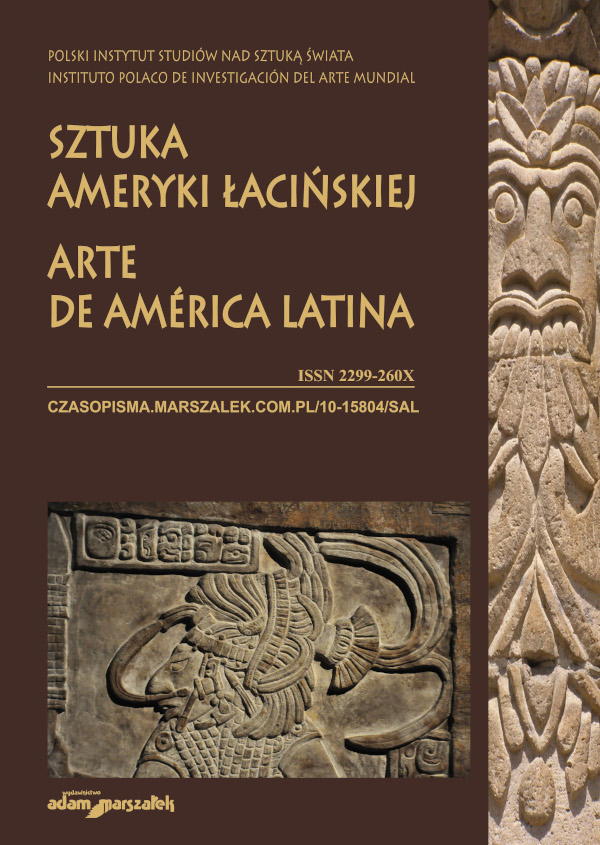El motivo del conejillo de Indias (cavia porcellus)
en la pintura europea de la Edad Moderna
A motif of guinea pigs in European painting of the Early Modern era
Author(s): Joanna StrzemeckaSubject(s): Visual Arts, Sociology of Art, History of Art
Published by: Wydawnictwo Adam Marszałek
Keywords: guinea pig; European painting; Early modern painting;
Summary/Abstract: This paper focuses on European reception of the guinea-pig motif on the example of paintings from the 16th to 18th centuries. Interpretation of guinea pig’s significance in early modern Europe is interesting insofar as it concerns an animal with an already established cultural function. The homeland of guinea pig is South America, where it was bred for food but also played an important social and religious role. When it came to Europe, its original meaning fundamentally changed. As a new animal with exotic connotations, it gained the status of a valuable fauna specimen and soon became an extremely fashionable breeding animal among the upper classes. This evolution can be observed in the field of art. Zoological and scientific representations become the “natural habitat” for a guinea pig. Initially, a guinea-pig image appears in lexicons, and then in elaborate animalistic compositions, representing the widest possible spectrum of various fauna. The natural perspective, which included a guinea pig in the European bestiary, significantly influenced further development of, already independent, images of the animal. They became most popular at the turn of the 17th and 18th centuries, especially among artists associated with court circles. Created for wealthy collectors, these depictions reflected a peculiar fashion for this animalistic theme, as evidenced by mutual borrowings among painters taking up the motif in question.
Journal: Sztuka Ameryki Łacińskiej
- Issue Year: 2021
- Issue No: 11
- Page Range: 79-108
- Page Count: 30
- Language: Spanish

